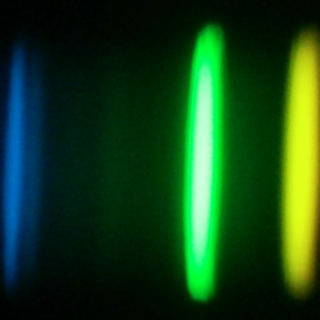Bibcode
Guarcello, M. G.; Drake, J. J.; Wright, N. J.; Naylor, T.; Flaccomio, E.; Kashyap, V. L.; García-Alvarez, D.
Referencia bibliográfica
The Astrophysical Journal Supplement Series
Fecha de publicación:
11
2023
Número de citas
8
Número de citas referidas
8
Descripción
The young massive OB association Cygnus OB2, in the Cygnus X complex, is the closest (~1400 pc) star-forming region to the Sun hosting thousands of young low-mass stars and up to 1000 OB stars, among which are some of the most massive stars known in our Galaxy. This region holds great importance for several fields of modern astrophysics, such as the study of the physical properties of massive and young low-mass stars and the feedback provided by massive stars on star and planet formation processes. Cyg OB2 has been recently observed with Chandra/ACIS-I as part of the 1.08 Ms Chandra Cygnus OB2 Legacy Project. This survey detected 7924 X-ray sources in a square degree area centered on Cyg OB2. Since a proper classification and study of the observed X-ray sources also requires the analysis of their optical and infrared counterparts, we combined a large and deep set of optical and infrared catalogs available for this region with our new X-ray catalog. In this paper we describe the matching procedure and present the combined catalog containing 5703 sources. We also briefly discuss the nature of the X-ray sources with optical and infrared counterparts using their position in the color-magnitude and color-color diagrams.
Proyectos relacionados

Abundancias Químicas en Estrellas
La espectroscopía de estrellas nos permite determinar las propiedades y composiciones químicas de las mismas. A partir de esta información para estrellas de diferente edad en la Vía Láctea es posible reconstruir la evolución química de la Galaxia, así como el origen de los elementos más pesados que el boro, forjados principalmente en los interiores
Carlos
Allende Prieto